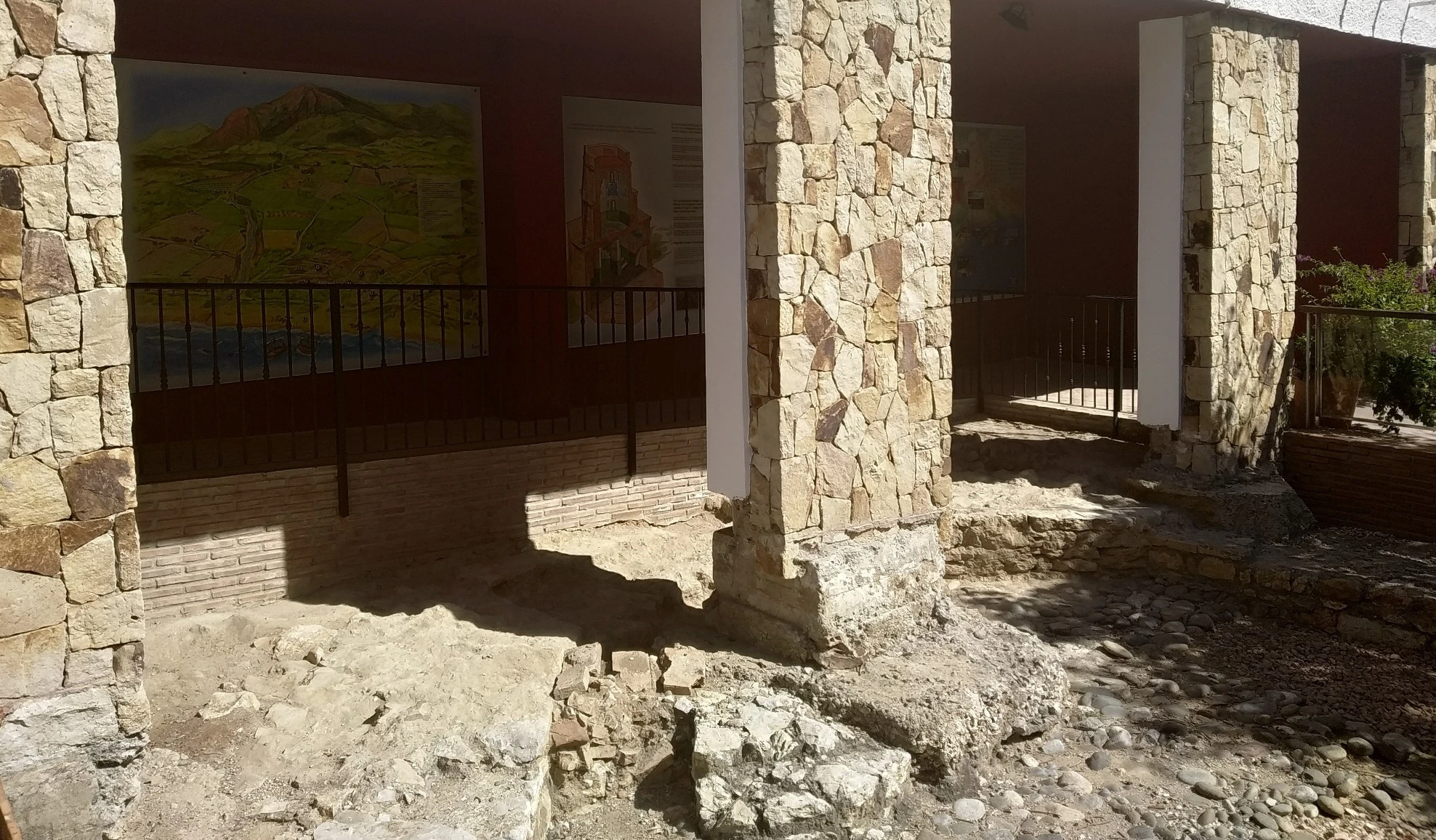
Remains of Torre Romana

Remains of Torre Romana
In this enclave we can find interpretive panels with general information about the Historical Heritage of Estepona and with special attention to the sites of Roman times in the municipality and the most important in the province of Malaga.
The archaeological remains that we contemplate in this place are the start of an octagonal tower of Roman times, which could reach at least 12 meters high.
This monument of the fourth century A.D., 1600 years ago, must have belonged to the same owners of the nearby villa, and was abandoned two hundred years later. Subsequently its building materials were plundered at various times, being razed by the construction of the Muslim wall and, in the twentieth century, by a decorative fountain.
The interpretation of the remains of the octagonal tower of Villa Street is very complicated. We present two interpretative proposals for these archaeological remains:
1st Was the tower a mausoleum?
One hypothesis of the use of this building is that the room that we contemplate corresponds to the crypt of a tower-mausoleum, being then a funerary building of monumental character with a crypt that would be destined to lodge burials in sarcophagi. These tower-shaped mausoleums are one of the funerary monuments that spread throughout the Roman Empire associated with the expansion of Christianity.
2º Was the tower a Thynnoskopeion?
Another hypothesis considers that, thanks to the height of the octagonal tower and its location overlooking the Estepona inlet, an excellent natural anchorage, it could be a thynnoskopeion, a type of tower associated with fishing from which a series of functions were developed such as the sighting of fish, the coordination of the boats in the trap, etc. It is likely that in the upper room propitiatory rituals for fishing, navigation and trade were practiced.

